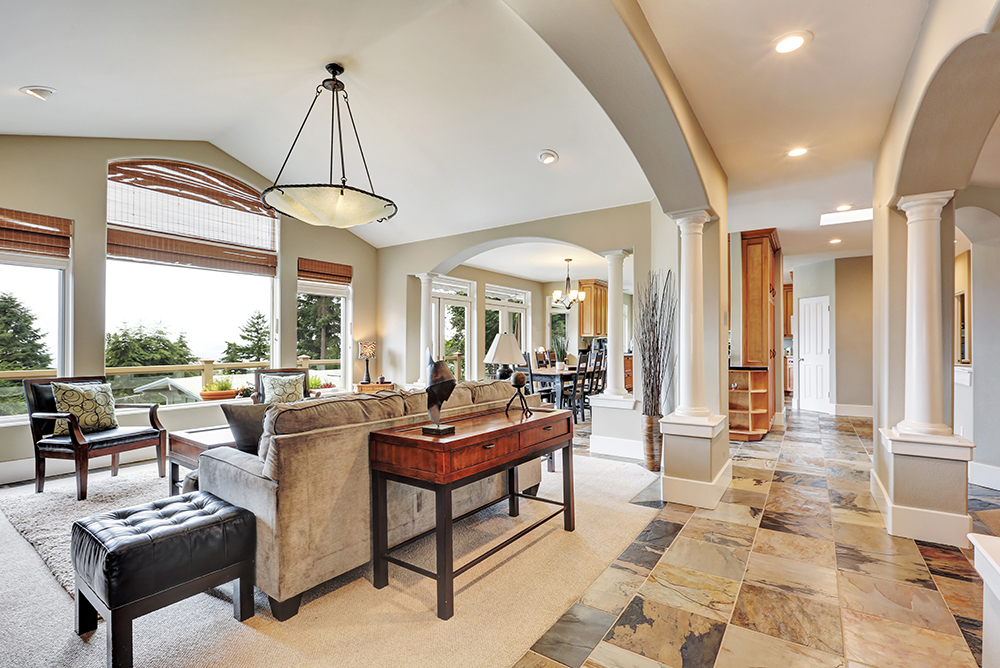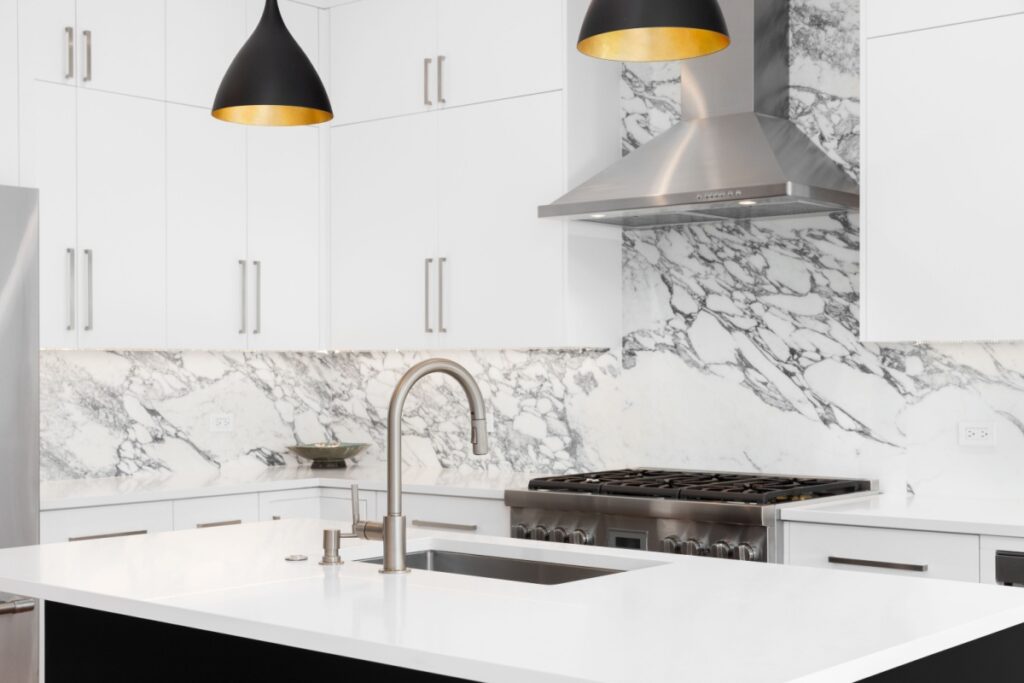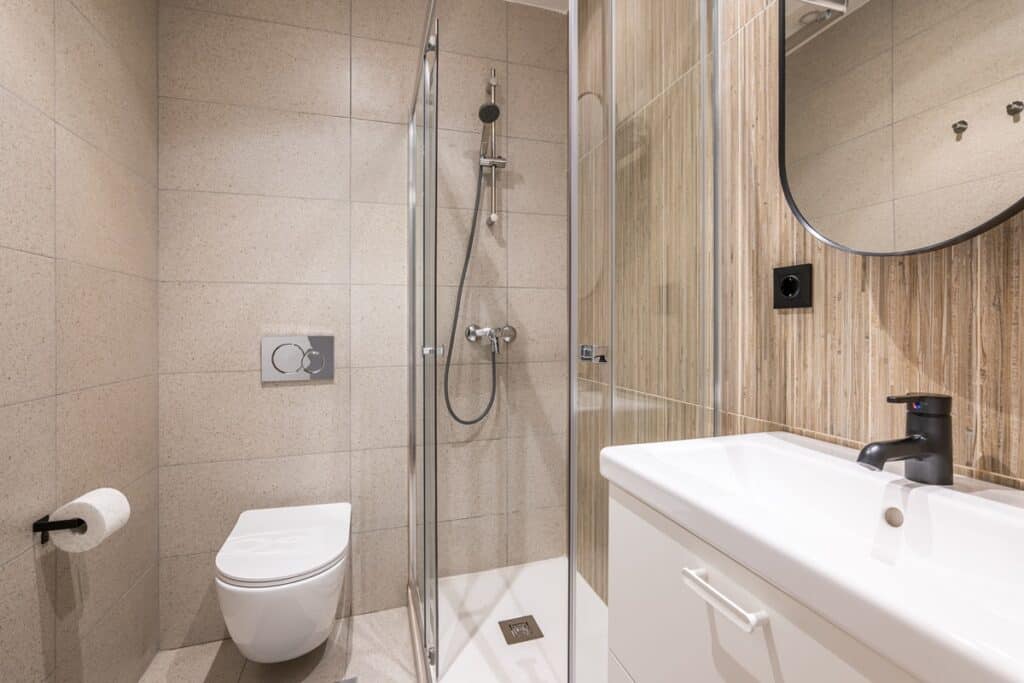Natural stone has been used in construction and design for thousands of years, but have you ever wondered what actually makes one type of stone different from another? From the way they’re formed deep within the Earth to the minerals they contain, each variety of natural stone has a unique story, and a unique set of properties.
Granite: Formed in Fire
Granite is an igneous rock, which means it’s formed from cooled magma beneath the Earth’s surface.
This slow cooling process creates its signature speckled appearance, a mix of quartz, feldspar, and mica. Granite is incredibly hard and durable, making it perfect for high-traffic areas like kitchen countertops and flooring. It’s also heat-resistant and scratch-resistant, which makes it a practical (and stylish) choice for busy homes.
Marble: Born from Pressure
Marble is a metamorphic rock that begins as limestone. Over time, intense heat and pressure transform it into marble, giving it that iconic veined look.
Those swirls and streaks are caused by mineral impurities like iron or graphite. While marble is undeniably elegant, it’s softer and more porous than granite, so it’s best suited for areas with lighter use, think bathroom vanities, feature walls, or fireplaces.
Quartzite: The Tough One
Not to be confused with man-made quartz, quartzite is a natural stone that forms from sandstone. Under extreme heat and pressure, the sandstone fuses into a very dense and strong material. It often resembles marble but has the toughness of granite, offering the best of both worlds for people who want beauty and resilience.
Limestone: Subtle and Soft
Limestone is a sedimentary rock formed from compressed marine organisms like coral and shells. It has a soft, muted appearance with neutral tones that work beautifully in traditional and rustic interiors. It’s not as hard as granite or quartzite, but with proper sealing, it can still be a great choice for flooring or walls.
Slate: Layered and Durable
Slate is another metamorphic stone, originally formed from shale. It splits naturally into flat, smooth sheets, which is why it’s commonly used for tiles, roofing, and outdoor paving. Slate is dense, water-resistant, and comes in earthy tones from grey to deep green and purple.
In Summary…
Each stone has its own mineral makeup and formation process, and that’s what gives it its personality. Whether you’re after timeless elegance, rugged durability, or soft natural charm, understanding the science behind the stone helps you choose the right one for your space.













